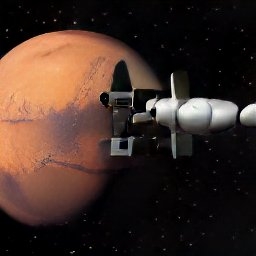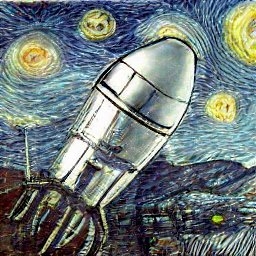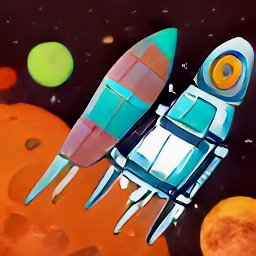Craiyon tutorial: text-to-image generation prompt guide
Introducing Craiyon: Revolutionizing AI-Driven Image Generation
In the realm of AI image creation, OpenAI's DALL·E sparked a wave of innovation. Craiyon (formerly Dalle-e Mini) represents an open-source endeavor to replicate these impressive results. Accessible and free, this trailblazing model has no limitations on image generation, rendering visual wonders at craiyon.com.
How does Craiyon work? - simple explanation
Basically Craiyon looks at millions of images from the internet with their associated captions and determines repeating and identity-forming patterns from these images. (The AI determines what is common to all images.) Over time, Craiyon then determines what makes up these images. Once Craiyon has completed this,it can create its own new images, since it now knows what constitutes a word or phrase. Here it must be said, of course, that Craiyon does not really understand the words entered, but only tries to reproduce the essence of the words in images. Several models are combined together to achieve these results: detailed resource
- an image encoder that turns raw images into a sequence of numbers with its associated decoder
- a model that turns a text prompt into an encoded image
- a model that judges the quality of the images generated for better filtering
Craiyon in action
Go to www.craiyon.com. There you will find an input field for your prompts. Type in something interesting like “spaceship flying to mars”, click generate and you will get the generation results about 20 seconds later.

In order to get better results you can use the following prompt tips:
Add art style descriptions
There are a million different art styles out there, each with their own unique flair. Some are realistic, while others are more abstract. Some are calm and serene, while others are chaotic and wild. It's up to you, the artist, to decide what style you want to use for your piece.
- Artist style like “Picasso”, “Van Gogh”
- Tools used like “watercolors”, “oil painting”
- Styles: “Impressionism”, “Expressionism”, “Abstract”

Add composition descriptions
Composition refers to the overall physical arrangement of objects in the artwork. In other words, composition refers to how the various elements of the painting are arranged within the picture frame.
- “aerial view” or “long shot” or “portrait” or “wide-angle” or “fish-eye lens” or “extreme close-up” or “macro” or “bokeh.”
- Merge objects: “looks like” or “in the shape of” , “inside of” or “next to”
Add atmosphere/mood descriptions
The atmosphere or mood of an artwork can be just as important as the subject matter. After all, how the artist chooses to portray the subject can have a big impact on how the viewer perceives it.
- “dark” or “colorful” or “futuristic” or “vintage” or “abstract” or “soothing” or “foggy” or “early morning” or childish.”

If you want to learn more about how to structure your prompt to get better results, these are two great resources on prompt engineering:
Wrapping Up: Unleashing the Power of Craiyon
Craiyon dazzles as an accessible and user-friendly solution for transforming text into captivating visuals. Throughout this engaging Craiyon tutorial, we've showcased image generation techniques, prompt structures for optimal results, and invaluable tips in prompt engineering. Now it's your chance to conjure spectacular creations. Consider participating in our upcoming AI Hackathons to tap into your newfound expertise and craft something remarkable!
Thank you! - Fabian Stehle, Data Science Intern at New Native
More resources
https://github.com/borisdayma/dalle-mini https://huggingface.co/spaces/dalle-mini/dalle-mini